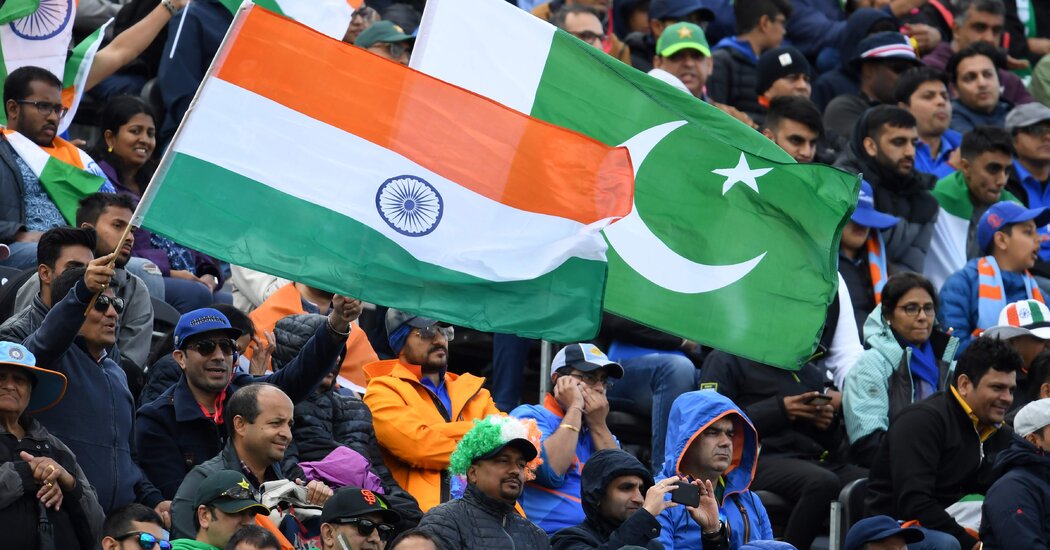It will be broadcast on televisions in remote villages, jumbo screens in crowded cities, cellphones in labour tenements, and flickering computer monitors in the living rooms of a diaspora dispersed across all time zones around the world, drawing hundreds of millions of viewers from all over the world.
Matches between India and Pakistan in cricket, such as the one planned on Sunday in Dubai, have become more unusual as a result of the tense ties between the two nuclear-armed neighbours. Players and spectators must hope that tensions do not escalate to the point of war and that the organisers can withstand rising demands for a boycott in order for a match to take place at all, even on neutral land.
As part of the World Cup, the countries will clash for the first time in two years on Sunday. There are several factors contributing to the rising tensions: repeated militant attacks in India; the disputed territory of Kashmir, where India accuses Pakistan of supporting militant groups; and rising intolerance in both countries. These factors have virtually eliminated any exchange between two countries that otherwise share a common history, passions, and culture.
However, the intensity of the emotions surrounding Sunday’s match taps into deeper wells, touching on questions of national identity that are intertwined with the fortunes of the two rival cricket squads.
Even though Indian political leaders have called for a boycott of the game after a recent outbreak of violence in Kashmir, the event will go as scheduled. As India’s cricket organising body has made clear, the country cannot simply choose to withdraw from an international commitment like as this year’s T20 World Cup — particularly one in which its squad is heavily expected to win — without consequences.
When Ramiz Raja, the chairman of the Pakistan Cricket Board, met with his Indian counterpart, he emphasised the need of maintaining a cricketing link. “We believe that the more politics is separated from cricket, the better.”
Nonetheless, in cricket, a sport that might look befuddlingly complicated to those who are unfamiliar with it, it is exactly those political fault lines that arouse such strong feelings of emotion.
It was previously described as “an Indian game unintentionally found by the British” by the critic Ashis Nandy. Cricket in South Asia is a legacy of British colonial control, as was the sport in India. Following the end of that authority, India was partitioned in 1947, resulting in the establishment of Pakistan as a new country for tens of millions of Muslims in the area.
Between them, the two nations have gone to war on multiple occasions and have maintained a state of war even when they are not engaged in combat. Because of the tensions, the cricket teams have sometimes been unable to play one other for more than a decade. Other times, like as during the 1999 World Cup, they were able to play a match while simultaneously fighting a war in Kashmir.
In recent years, India has emerged as the indisputable destination for the sport, with top players from all over the globe vying for a spot in the lucrative Indian Premier League, which is held every year. The league is one of the world’s most lucrative sports leagues, with elite players earning as much as $2 million in a two-month season. The league is ranked among the top five most profitable sports leagues in the world.
However, as an indication of the tumultuous times in the area, Pakistani players are forbidden from participating in the league, depriving them of a huge platform to compete with the world’s finest — or to cash in on some of the riches — on offer therein. Following a fatal terrorist assault in Mumbai in 2008 by gunmen who were believed to be from Pakistan, the two nations severed most of their diplomatic contacts.
As a result of the fact that the infrequent games have been played solely in neutral sites for the last decade, a significant vehicle of engagement between the two cricket-crazed countries has been eliminated.

